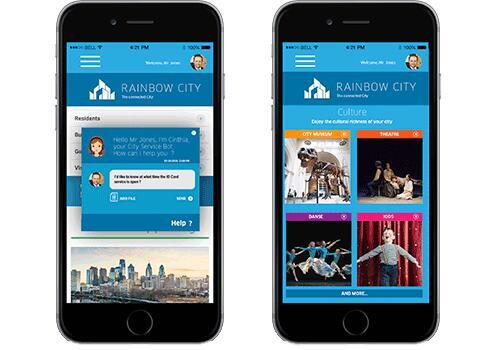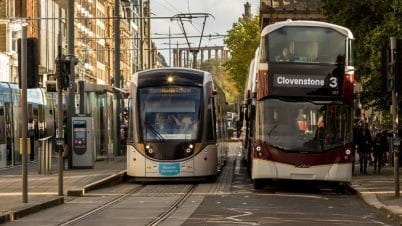How to use technology to create effective public services
Do you ever get frustrated with the slow response of your local city offices? Maybe it is a pot hole that never gets fixed yet swallows cars whole, or maybe it is poor street lighting making an intersection unsafe. Whatever the problem, sometimes it feels impossible to reach someone that can fix things, much less know where to start to find the right department.
Governments around the world are working hard to improve communications with their citizens to address these issues and more. Public sector organizations are also working towards achieving an increased level of transparency by engaging their citizens in government processes. Around the world, governments are using digital transformation to encourage:
• Citizen participation and community involvement
• Gender inclusion through social and digital channels
• Resource sharing and a circular economy
• Inclusion of all to reduce loneliness
• Protection of vulnerable groups and increased safety
All these initiatives can only exist with community support and effective communications across all involved groups. Let’s see how technology can help improve citizen communications and gather community support. Here are just four ways that communications can be improved.
1. Offer simple online services and artificial intelligence
58% of people do their administrative requests online, but find them too complex to use, according to the latest surveys on eGovernment. For the Y and Z generations, or those who are used to the instant gratification of the social medias and mobile experiences, voice-assisted AI in combination with online services helps citizens:
• Find and obtain official documents
• Make a request outside of working hours via chat, which is handled and automatically forwarded by a chatbot to the right service
• Obtain a meeting with the right person
• Request follow-up to the right service
Automating these high-volume services can have a big impact on the public services back office efficiency too!

2. Stay high touch and friendly with live voice assistance for low-tech citizens
There is a digital gap with 42% of people not using eServices, as many prefer voice or simply don’t like robots. For greater efficiency, interactive voice response can pre-qualify many of the incoming calls and then route the caller to the right department, instead of letting them identify which team and person could help them with their request. High touch, phone welcome services are still alive, but they are much more effective today!
3. Make citizen engagement and communication easy
Gathering citizen feedback via your eServices interface or mobile app helps reduce the number of requests done by phone or web - not to mention it will boost your citizens’ satisfaction! A very simple example is gathering citizen feedback on public services or giving citizens the option to send alerts for different topics such as public equipment deterioration. Often the citizens don’t know to whom to address their alerts, and with this service easily available on a mobile app, they don’t need to. You can define key topics and pre-define the departments that should receive notifications and let the technology do the rest!

These are just some examples of how to improve citizen communications. ALE’s team of government experts can help you design your own citizen communications strategy and transform your public services experience.
Rainbow offers powerful citizen-facing and employee collaboration possibilities, on multiple channels (audio, chat, video, screen and document sharing). It can integrate into any government working environment in a transparent and non-intrusive way, without unnecessary rip-and-replace.
Latest Blogs

The SaaS Advantage for Hotels and Hospitality Communication…
Modern hospitality communications platforms deliver flexibility, cost optimization and exceptional guest experiences.

Your Communications System: A Brake or an Accelerator?
A modernized platform empowers enterprises to optimize operations and drive continuous performance.

Smart Manufacturing Solutions: The Future of Connected Fact…
Smart manufacturing solutions enable connected factories through reliable, intelligent network connectivity that powers automation and efficiency.

Improving Collaboration in Multimodal Transport
Rainbow transforms how companies, staff and passengers operate and connect in public multimodal transport systems.





